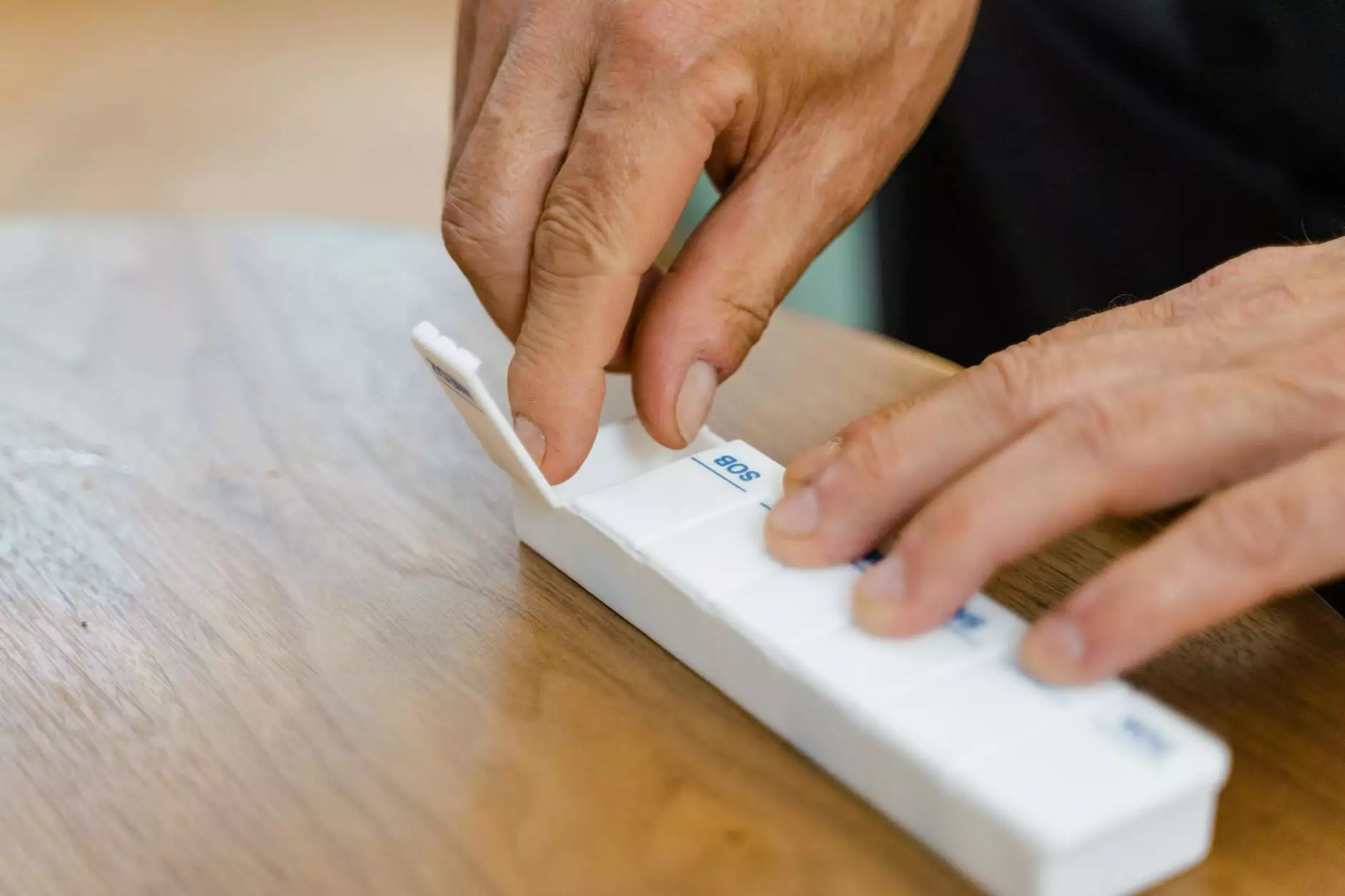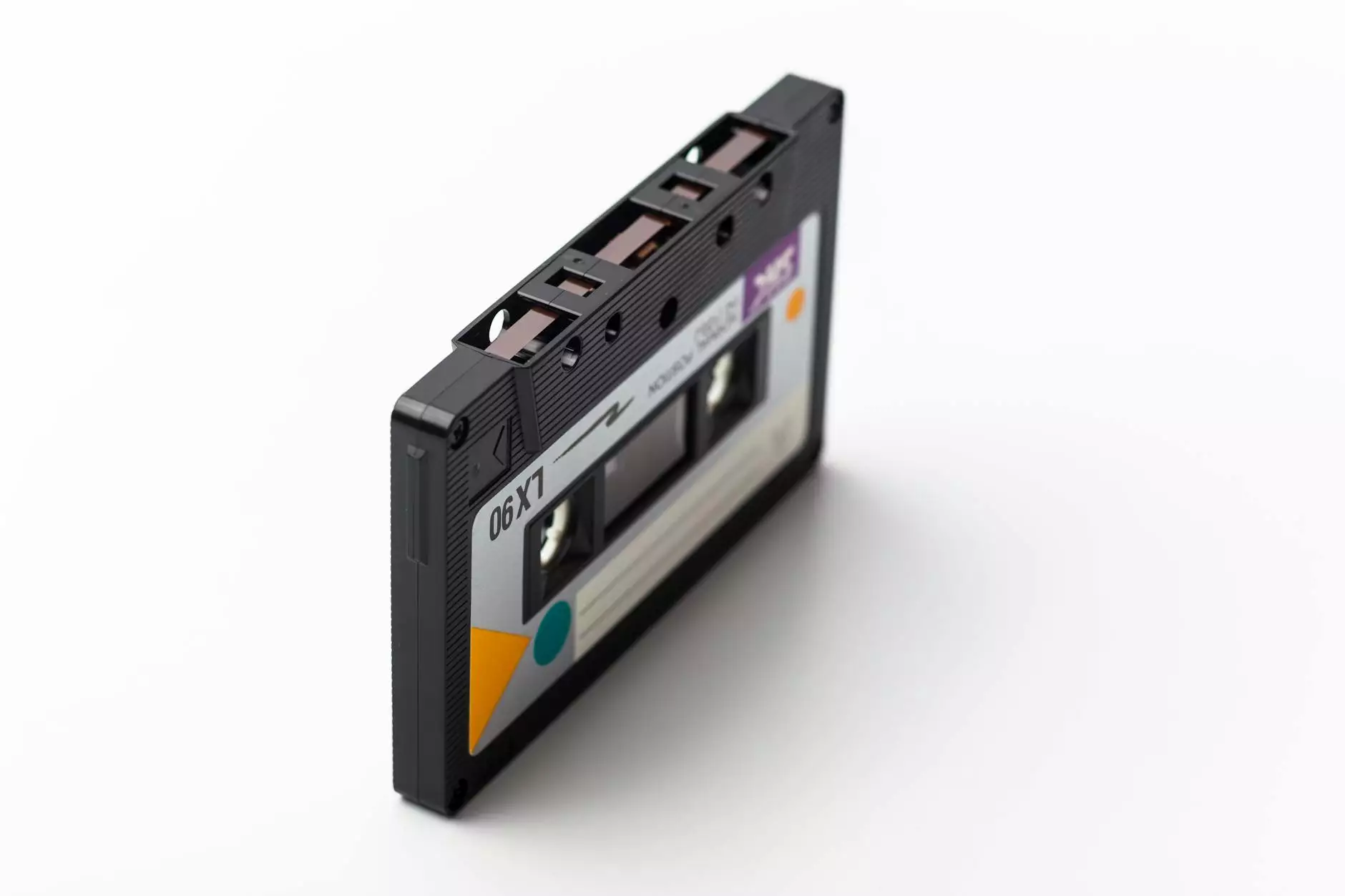Understanding Endovenous Radiofrequency Ablation

Vascular health is crucial for overall well-being, yet it often goes neglected until conditions become serious. One procedure that has transformed the field of vascular medicine is endovenous radiofrequency ablation. This innovative treatment has gained immense popularity due to its effectiveness in addressing a variety of venous insufficiencies. This article delves deep into the mechanism, benefits, types, and post-operative care of this remarkable procedure.
What Is Endovenous Radiofrequency Ablation?
Endovenous radiofrequency ablation (ERFA) is a minimally invasive procedure designed to treat varicose veins and chronic venous insufficiency (CVI). Utilizing heat generated by radiofrequency waves, this technique selectively obliterates vein segments that are malfunctioning. The result is a significant reduction in symptoms and an enhancement in patients' quality of life.
How Does It Work?
The procedure begins with the administration of local anesthesia. Once the area is numb, a thin catheter is inserted into the affected vein. The catheter emits radiofrequency energy, causing the vein walls to heat up. As the temperature rises, the collagen in the vein walls contracts and the vein collapses. The body then naturally absorbs these damaged veins over time, redirecting blood flow to healthier veins. This process is not only effective but also minimizes recovery time compared to traditional surgical procedures.
Benefits of Endovenous Radiofrequency Ablation
Patients considering endovenous radiofrequency ablation often do so due to its numerous benefits, such as:
- Minimally Invasive: ERFA is much less invasive than traditional vein stripping surgeries, leading to fewer complications.
- Quick Recovery: Most patients resume normal activities within a few days, with many returning to work shortly after the procedure.
- Less Pain: Patients typically report less pain compared to conventional surgical options.
- High Success Rate: The procedure enjoys a high success rate, effectively treating the underlying causes of venous issues.
- Improved Quality of Life: Patients often notice a significant improvement in leg symptoms, such as heaviness and swelling.
- Minimal Scarring: As a result of its minimally invasive nature, scarring is usually minimal, leading to better aesthetic outcomes.
Who is a Candidate for Endovenous Radiofrequency Ablation?
While endovenous radiofrequency ablation is suitable for many, certain criteria may help determine candidacy:
- Individuals experiencing symptoms of Chronic Venous Insufficiency, such as leg pain, swelling, or varicose veins.
- Patients with veins that have not responded to conservative treatments, such as compression therapy.
- Individuals looking for a minimally invasive alternative to traditional surgical methods.
- Patients with overall good health, who can tolerate local anesthesia.
It is essential for potential candidates to consult with a qualified vascular specialist to determine if ERFA is the best treatment option for their specific condition.
The Procedure: What to Expect
Understanding what to expect during the endovenous radiofrequency ablation procedure can ease patient anxiety. The procedure itself is typically performed in a specialized vascular lab or outpatient clinic.
Pre-Procedure Preparations
Before the procedure, patients are advised to:
- Avoid blood-thinning medications like aspirin or ibuprofen unless directed otherwise.
- Wear comfortable clothing to allow ease of access to the legs.
- Discuss any medical history with the physician, especially regarding medications and allergies.
The Procedure Steps
- Consultation: A thorough examination to assess the severity of venous disease, including imaging studies like ultrasound.
- Anesthesia: Local anesthesia is administered to ensure comfort during the procedure.
- Catheter Insertion: A catheter is carefully inserted into the affected vein.
- Radiofrequency Application: Controlled radiofrequency energy is applied to the vein walls.
- Post-Procedure Care: The area is bandaged, and the patient is monitored for a brief period.
Post-Operative Care and Recovery
Post-procedure recovery is one of the highlights of endovenous radiofrequency ablation, mainly due to its quick healing time. Patients are generally encouraged to walk immediately after the procedure to promote blood circulation.
Recovery Tips
- Wear compression stockings as prescribed to support the healing process.
- Engage in light activities but avoid intense workouts for a short period.
- Follow up with the vascular specialist to monitor progress and address potential concerns.
- Keep the treatment area clean and dry, and report any unusual symptoms immediately.
Potential Risks and Considerations
As with any medical procedure, endovenous radiofrequency ablation carries some risks. However, serious complications are rare. Possible risks include:
- Minor bruising or discomfort at the treatment site.
- Infection, although this is uncommon.
- Thrombophlebitis, or inflammation in nearby veins.
- Skin burns, which can sometimes occur if the procedure is not performed correctly.
Conclusion: Embracing Vascular Health with Endovenous Radiofrequency Ablation
In conclusion, endovenous radiofrequency ablation represents a significant advancement in the treatment of venous diseases. It offers patients a safe, effective, and minimally invasive option to achieve healthier veins and improved quality of life. As vascular health becomes increasingly recognized as essential to overall well-being, procedures like ERFA promote not just physical comfort but also self-esteem and confidence. If you are experiencing symptoms of venous insufficiency or have concerns regarding varicose veins, consulting with experts at Truffles Vein Specialists may be your first step toward reclaiming your vascular health.









